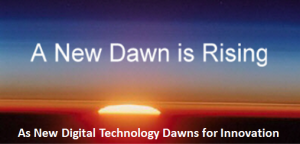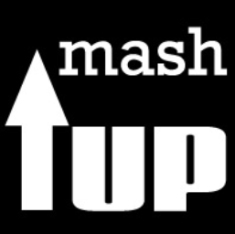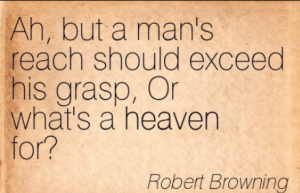 Digital Technology is significantly challenging for organizations to re-think and re-equip due to the emergence of big data, smart mobile connectivity, social media, cloud, analytics and the growing commercialization.
Digital Technology is significantly challenging for organizations to re-think and re-equip due to the emergence of big data, smart mobile connectivity, social media, cloud, analytics and the growing commercialization.
These are all driving external technology change, all clearly pointing towards a significant disruption of the existing ways we conduct business internally. So we need to ask “how are we going to take advantage of the potential business transformation?”
The issue is how to capitalize and create the value from all this change for innovation and performance enhancement?
***This is the first of a seven-part exploratory ‘open thinking’ about digital technology and its potential impact on innovation as we know it today. These will be published daily over the next week. The intent at this stage is more about raising our thinking on what might need changing or at least re-orientation within our innovation management approaches.***
Continue reading “As new digital technology dawns for innovation”








